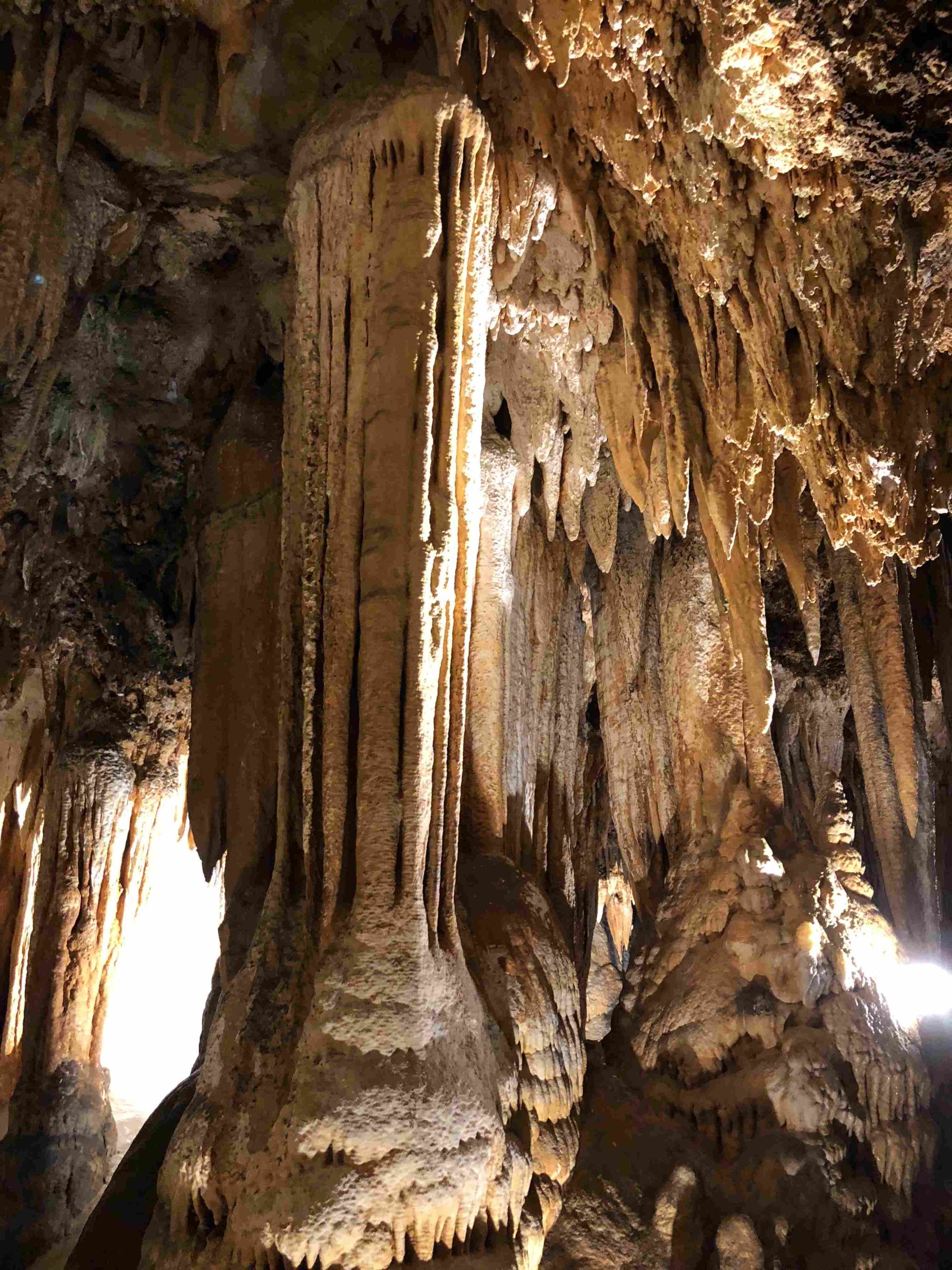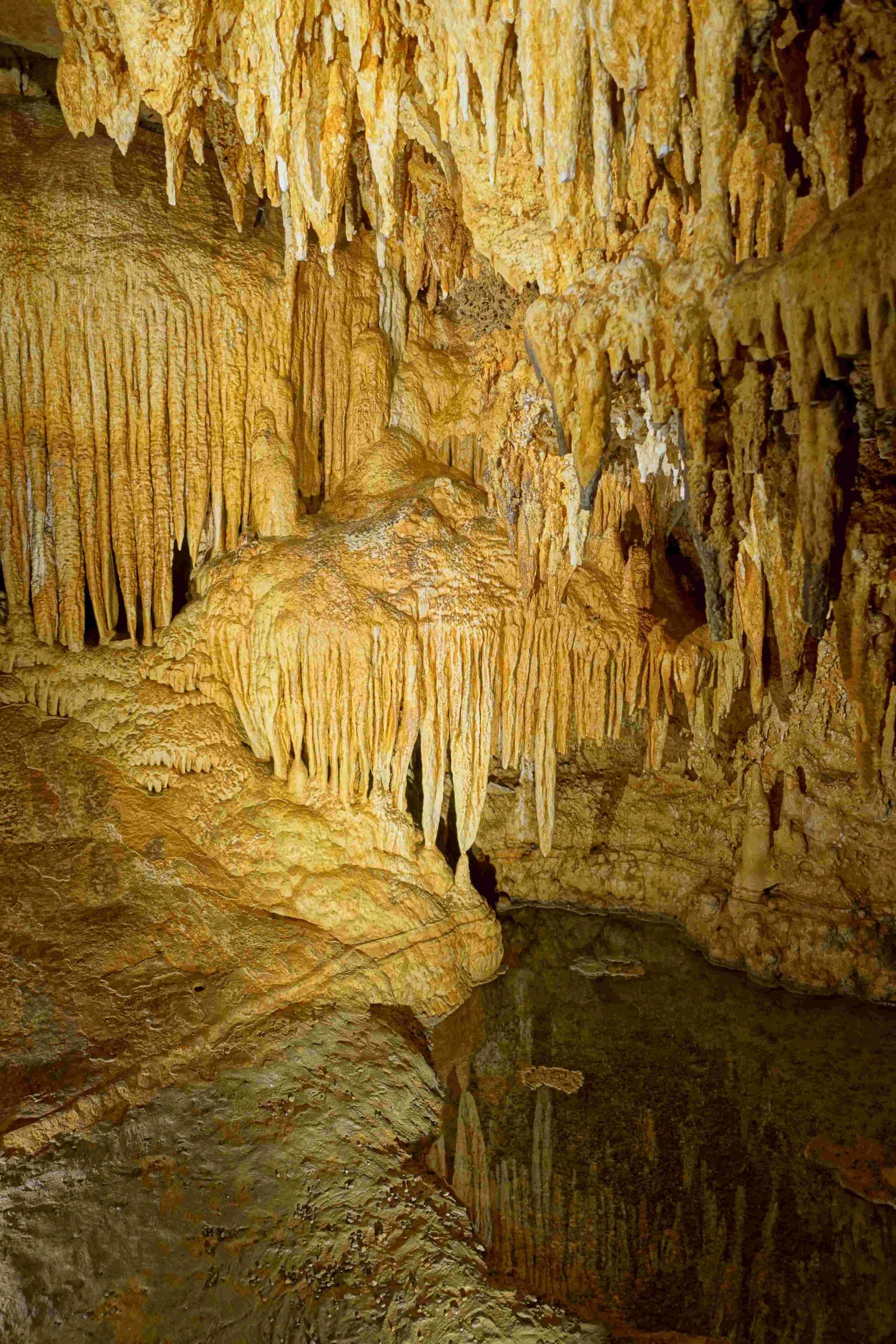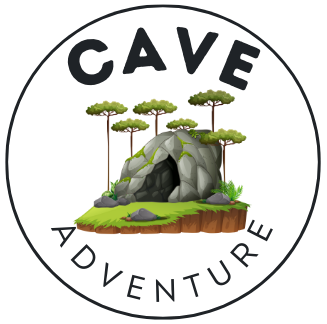The Luray Caverns story is a tale of discovery, geological wonder, and human ingenuity. On August 13, 1878, five local men stumbled upon a hidden underground world in Virginia’s Shenandoah Valley. This discovery led to the development of one of America’s most popular natural attractions, featuring stunning limestone formations, underground lakes, and the world’s largest musical instrument. Today, Luray Caverns welcomes visitors year-round, offering a glimpse into millions of years of Earth’s history.
What Led to the Discovery of Luray Caverns?

The discovery of Luray Caverns was no accident. It was the result of keen observation and local knowledge. Here’s how it unfolded:
- A group of five men noticed cool air emanating from a sinkhole
- They recognized this as a potential sign of an underground cave system
- After hours of digging, they created a small opening
- Andrew and Quint Campbell were the first to enter the caverns
This initial exploration marked the beginning of a fascinating journey that would captivate millions of visitors for generations to come.
Who Were the Key Players in the Luray Caverns Story?

The discovery and development of Luray Caverns involved several key individuals:
| Name | Role |
|---|---|
| Andrew J. Campbell | One of the original discoverers |
| William Campbell | Part of the discovery team |
| John “Quint” Campbell | One of the first to enter the caverns |
| Benton Stebbins | Member of the discovery group |
| Sam Buracker | Original landowner |
| Theodore Clay Northcott | Great-grandfather of current owners |
These individuals played crucial roles in the early stages of the Luray Caverns story, from its discovery to its development as a tourist attraction.
How Did the Ownership of Luray Caverns Change Over Time?
The ownership of Luray Caverns has a complex history:
- Initially purchased by the discoverers from Sam Buracker
- Legal disputes arose due to the secretive nature of the purchase
- In 1881, the Supreme Court of Virginia nullified the original purchase
- The property changed hands several times
- In 1893, the Luray Caverns Company acquired the land
- Theodore Clay Northcott purchased the property in 1905
- Today, it remains privately owned by the Graves family
This journey of ownership reflects the caverns’ growing importance and value over time.
What Are the Unique Geological Features of Luray Caverns?
Luray Caverns boasts an array of stunning geological features:
- Covers 64 acres, making it the largest cavern in the northeastern United States
- Formed over millions of years through limestone erosion
- Houses extensive collections of stalactites and stalagmites
- Some formations date back seven million years
- Features a 40-foot-tall stalactite
- Includes unique flowstone drapery formations
- Contains chambers up to 140 feet high
- Maintains a constant temperature of 54°F (12°C)
These features make Luray Caverns a geological wonder and a testament to the power of natural processes over vast periods of time.
What Can Visitors Experience at Luray Caverns?
Visitors to Luray Caverns can enjoy a range of experiences:
- Guided or self-guided tours
- A one-mile walk through illuminated caverns
- Views of Dream Lake with its perfect reflections
- The Great Stalacpipe Organ, the world’s largest musical instrument
- Paved paths and elevators for accessibility
- On-site amenities including restrooms, gift shops, and dining options
- Seasonal events and special tours
These experiences combine to create a memorable visit for people of all ages and interests.
How Has Luray Caverns Been Used Beyond Tourism?
While primarily known as a tourist attraction, Luray Caverns has served other purposes:
- In the early 20th century, it was used to cool the Limair Sanatorium
- This innovative use made the sanatorium the first air-conditioned home in the U.S.
- The caverns’ constant temperature provided natural climate control
- This application demonstrated the potential for using natural geological features for human comfort
This innovative use of the caverns showcases how natural wonders can be harnessed for practical purposes.
What Are the Logistical Aspects of Visiting Luray Caverns?
Planning a visit to Luray Caverns involves considering several factors:
- Open 365 days a year
- Operating hours vary by season
- Ample parking available
- Admission costs vary based on tour type and package deals
- Located near Luray, Virginia, accessible from major highways
- No direct public transportation, but popular for Shenandoah Valley tourists
- Special packages may include additional activities like gem mining
Understanding these logistical aspects can help visitors plan a smooth and enjoyable trip to Luray Caverns.
How Has Luray Caverns Been Recognized?
Luray Caverns has received significant recognition over the years:
- Designated as a federal natural landmark in 1978
- Recognized as the largest cavern system in the eastern United States
- Home to the Great Stalacpipe Organ, listed in the Guinness Book of World Records
- Featured in numerous travel guides and documentaries
- Attracts hundreds of thousands of visitors annually
These accolades underscore the geological and cultural significance of Luray Caverns.
The Luray Caverns story is a testament to the wonders of nature and human curiosity. From its accidental discovery to its development as a world-renowned attraction, Luray Caverns continues to captivate visitors with its stunning formations and rich history. As we explore these underground marvels, we’re reminded of the vast geological processes that shape our world and the enduring appeal of natural wonders.
References:
1. https://www.discoverydetour.com/discoveries/luraycaverns
2. https://en.wikipedia.org/wiki/Luray_Caverns
3. https://www.britannica.com/place/Luray-Caverns
